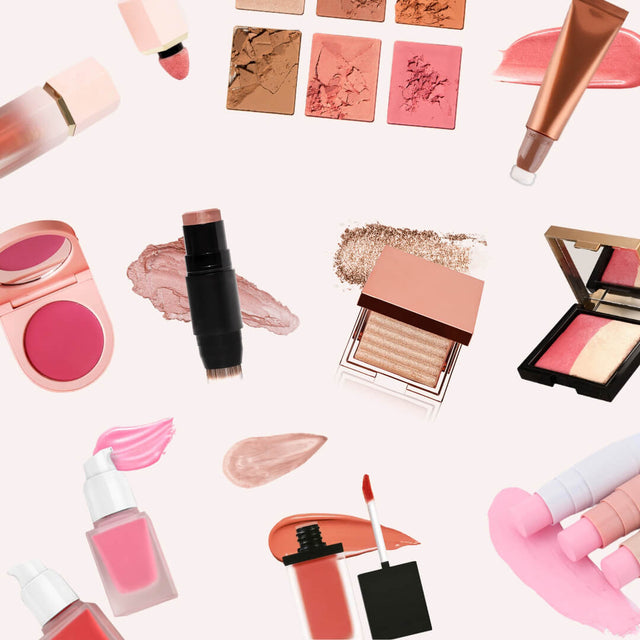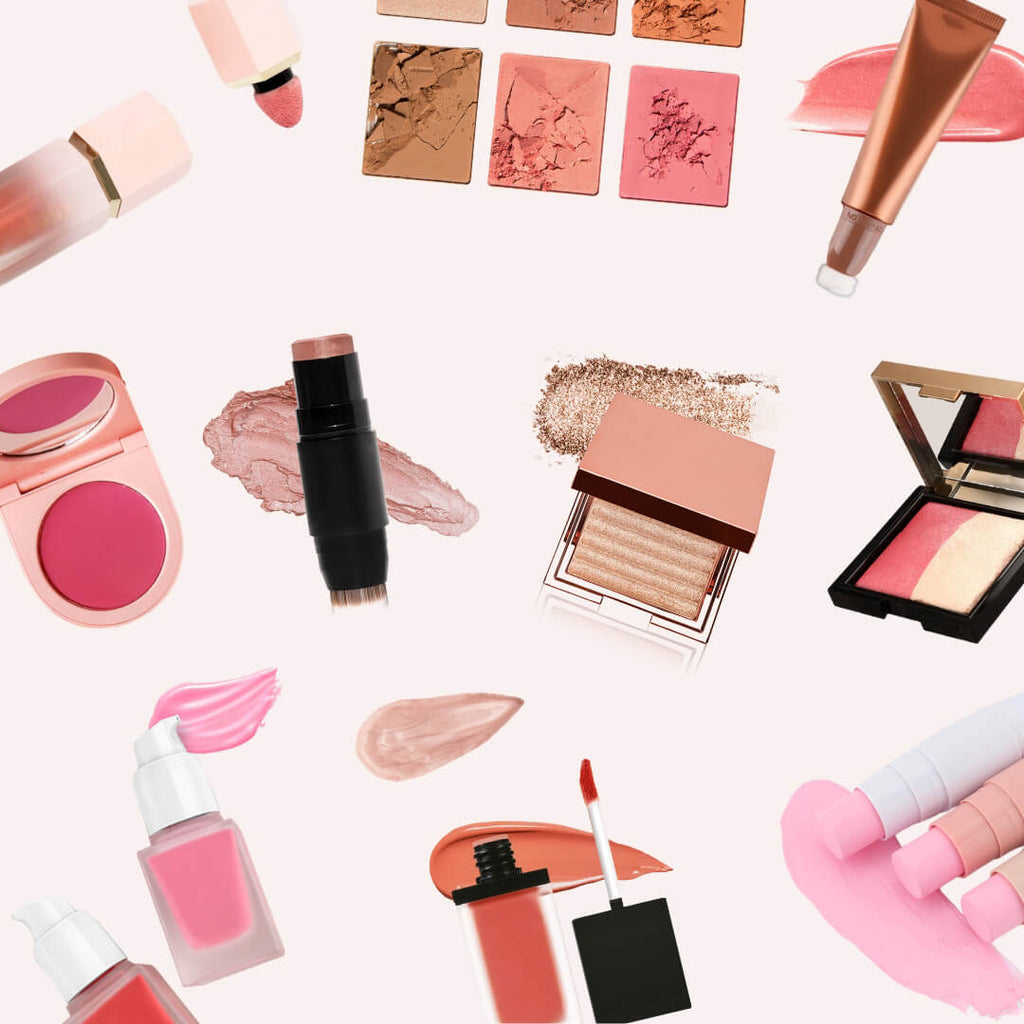A comprehensive guide to EU cosmetic regulation (EC) No 1223/2009 for manufacturers and brands
EU Cosmetic Regulation Essentials
The EU Cosmetic Regulation (EC) No 1223/2009 is the cornerstone of cosmetic compliance in the European market. All cosmetics entering the EU must meet its requirements, which focus on ensuring product safety and consumer protection. Key elements include:
- Cosmetic Product Safety Report (CPSR): Each product must have a safety report signed by a qualified safety assessor
- Product Information File (PIF): A comprehensive technical dossier that must be maintained for 10 years after the last batch is placed on the market
- Responsible Person: A legal entity or natural person established within the EU responsible for product compliance and communication with authorities
- CPNP Notification: Electronic notification through the Cosmetic Products Notification Portal before market entry
- GMP Compliance: Production must follow Good Manufacturing Practices
Important Note
There is no "free" path to compliance in the EU market. All required testing, assessments, and documentation incur costs, regardless of the manufacturer's location. The difference lies in how these costs are allocated and presented to clients.
Required Documents & Reports
Entering the EU market requires these essential compliance documents, which are legally mandatory, not optional:
| Document/Report | Main Content | Provided By | Legal Status |
|---|---|---|---|
| Cosmetic Product Safety Report (CPSR) | Product safety information + safety assessment conclusion | Qualified Cosmetic Safety Assessor | Mandatory |
| Product Information File (PIF) | Product description, CPSR, manufacturing process, GMP statement | Manufacturer prepares, Responsible Person maintains | Mandatory |
| Microbiological Testing | Microbial limit test results | Certified lab (SGS, Intertek, etc.) | Part of CPSR |
| Stability Testing | Product stability data over shelf life | Certified lab or manufacturer | Part of CPSR |
| Preservative Challenge Test | Verification of product resistance to microbial contamination | Certified lab | Part of CPSR |
| Heavy Metals Test | Lead, mercury, arsenic, and other heavy metal content | Certified lab | Part of CPSR |
Clarifying the "Free Certificate" Misconception
Some companies mistakenly believe European manufacturers provide "free" compliance certificates. In reality, these costs are built into product pricing. European manufacturers may have already completed basic testing for standard formulations, but they still charge extra fees for custom formulations or special requirements.
Compliance Cost Analysis
Below is a breakdown of typical EU cosmetic compliance costs (estimated in USD):
| Item | Cost Range (USD) | Notes | Frequency |
|---|---|---|---|
| Microbiological Testing | $150 - $400 | Mandatory, per formula | Once per formula |
| Heavy Metals Testing | $250 - $600 | Mandatory, per formula | Once per formula |
| Stability Testing | $800 - $2,200 | Mandatory, takes 1-3 months | Once per formula |
| Preservative Efficacy Test | $600 - $1,200 | Required for water-based formulas | Once per formula |
| Safety Assessment Service | $800 - $3,000 | Depends on product complexity | Once per formula |
| CPNP Notification | $100 - $300 | Technical work, no official fee | Per product/color variant |
| Responsible Person Service | $300 - $1,500/year | Based on product number and complexity | Annual fee |
| Additional Costs for Specific Claims (if applicable) | |||
| SPF Testing | $7,000 - $30,000 | Sun protection factor determination | Once per formula |
| Whitening Efficacy Test | $6,000 - $15,000 | In vitro or clinical testing | Once per formula |
| Anti-wrinkle Efficacy Test | $4,500 - $12,000 | Clinical evaluation | Once per formula |
Cost Notes
The above costs are market estimates. Actual costs vary depending on the laboratory, product complexity, number of formula ingredients, and market fluctuations. For small orders (100-300 units), these compliance costs may exceed the product cost itself and must be clarified with clients upfront.
Cost Responsibility
EU cosmetic compliance costs are typically allocated as follows:
| Party | Typical Responsibilities | Rationale |
|---|---|---|
| Manufacturer (China/Korea/etc.) | Provide basic technical documents (formula, COA, MSDS, etc.), GMP compliance | As producer, has formula and production information, ensures quality |
| Importer/EU Responsible Person | Complete CPSR, PIF, CPNP notification, market surveillance | Legally designated primary responsible party for product compliance |
| Brand/Client | Cover special testing and registration costs, provide label information, marketing claim support | As market beneficiary, should invest in product compliance and market access |
Cost-Sharing Negotiation Strategies
For small to medium orders, consider these approaches to compliance cost negotiation:
- Option A: Client covers all compliance costs, manufacturer provides technical support
- Option B: Manufacturer covers basic testing, client covers safety assessment and special testing
- Option C: Parties share costs proportionally, manufacturer recovers investment in subsequent orders
- Option D: Increase product unit price to include compliance costs, suitable for long-term clients
Important Legal Note
According to EU regulations, the EU Responsible Person (usually the importer or designated representative) bears ultimate legal responsibility for product compliance. This means even if the manufacturer provides all documents, the Responsible Person faces legal consequences for non-compliant products. Therefore, Responsible Persons typically require reviewing or arranging critical testing and assessments themselves.
European Manufacturer Practices
European cosmetic manufacturers typically handle compliance costs in the following ways, rather than truly providing them "free":
1. Cost Internalization Model
European manufacturers typically build basic testing costs into product prices because they:
- Maintain libraries of pre-tested standard formulas, amortizing testing costs across large orders
- Have long-term laboratory relationships with volume discounts
- Possess in-house laboratories or assessors, reducing outsourcing costs
- Know local regulations well, reducing trial-and-error expenses
2. Tiered Pricing Strategy
European manufacturers typically offer different levels of compliance support:
- Basic Quote: Product only, client handles compliance
- Standard Quote: Basic test reports provided, client handles safety assessment and registration
- Full-Service Quote: Complete compliance service, but at significantly higher prices
3. Minimum Order Quantity (MOQ) Requirements
European manufacturers typically have higher MOQs, enabling them to:
- Spread compliance costs across sufficient product quantities
- Ensure reasonable compliance cost percentage per unit
- Avoid undertaking uneconomical compliance work for small orders
Implications for Chinese Manufacturers
Chinese manufacturers can learn from European practices by establishing standard formula libraries, building long-term laboratory relationships, and appropriately incorporating compliance costs into product pricing or clearly charging clients. Transparent cost communication is more sustainable than promising "free" services.
Multi-Color Product Optimization
For cosmetics with multiple colors (lipsticks, eyeshadows, foundations, etc.), these strategies can significantly reduce compliance costs:
1. Base Formula Standardization
Ensure all color variants use the same base formula, only changing colorants. This approach:
- Requires only one comprehensive test of the base formula (microbiological, stability, preservative challenge, etc.)
- Each color variant only needs colorant compatibility assessment
- Dramatically reduces duplicate testing costs
2. Colorant Grouping Strategy
Group colorants by chemical structure and use "worst-case" principle for testing:
- Select the most used or least stable colorant for representative testing
- Other structurally similar colorants can reference test data
- Reduces actual testing by 30-50%
3. Series Product Notification Optimization
When submitting CPNP notifications, register multi-color products as a series:
- Use the same product name and base description
- Differentiate variants by shade numbers or color names
- Submit one base technical document with a color variant list attachment
| Strategy | Cost Savings | Applicability |
|---|---|---|
| Base Formula Standardization | Up to 60-70% | All multi-color products |
| Colorant Grouping | 30-50% | Products using multiple similar colorants |
| Series Product Notification | 50-80% administrative costs | CPNP notification and documentation |
Implementation Recommendation
Plan for color expansion during product development phase, designing product systems that use the same base formula for multiple colors. Clearly communicate color extension cost structures with clients to avoid future disputes.
SME Cost-Saving Strategies
For small to medium clients (order quantity 100-300 units), these strategies can help reduce compliance costs:
1. Select Pre-Tested Standard Formulas
Prioritize manufacturers' existing tested standard formulas:
- No formula development or new testing fees
- May only require limited testing for specific client requirements
- Significantly reduces upfront costs and time investment
2. Phased Compliance Approach
Implement compliance in two phases:
- Phase One: Complete minimum required testing for market access
- Phase Two: Gradually complete comprehensive testing and optimization as sales grow
- Distributes cost pressure and reduces initial investment risk
3. Collaboration and Sharing Models
Partner with similar clients to share compliance resources:
- Clients with similar formulas can share some test data (with laboratory consent)
- Jointly hire safety assessors for volume discounts
- Form compliance cooperatives for collective testing service procurement
4. Flexible Responsible Person Arrangements
Consider using professional third-party Responsible Person services:
- Avoid establishing your own Responsible Person in each EU country
- Professional agencies typically offer more economical package services
- Particularly cost-effective for multi-country market expansion
Specific Recommendations for Small Clients
For 100-300 unit orders, the most economical approach is selecting manufacturers' existing standard formulas, with clients covering safety assessment and CPNP notification costs (approximately $800-2,200) rather than investing tens of thousands in new formula testing. This keeps per-unit compliance costs around $8-22.
Frequently Asked Questions
No, European manufacturers do not provide compliance certificates for free. They typically internalize compliance costs into product prices or offer different levels of compliance services with corresponding charges. What appears "free" is actually a different pricing strategy, not truly without cost.
Typically, clients should cover major compliance costs since for small orders, these costs may exceed the product cost itself. Manufacturers can provide technical support and basic documents, but testing, assessment, and registration fees should be client responsibilities, or incorporated through higher product pricing.
By using a unified base formula and only changing colorants, testing requirements can be significantly reduced. Only the base formula needs comprehensive testing, with individual color variants requiring only colorant compatibility assessment. Using series product notification also reduces administrative workload.
Chinese manufacturers can build standard formula libraries, negotiate volume discounts with laboratories, and establish clear compliance fee structures rather than promising "free" services. Transparent cost communication and flexible cooperation models better suit small and medium client needs.
Typically 500-1000+ units are needed to effectively distribute compliance costs per unit. For smaller orders, we recommend clearly charging clients compliance fees or selecting pre-tested standard formulas to reduce upfront investment.
Professional third-party Responsible Persons typically have extensive experience and laboratory resources, potentially reducing overall compliance costs through volume testing service purchases and optimized compliance processes. Particularly for entering multiple EU markets, using professional Responsible Person services may be more economical.
Need Help with EU Compliance Strategy?
Contact us for customized solutions and cost optimization advice
WhatsApp: +86 13725381582Complete support from formula selection to compliance registration


